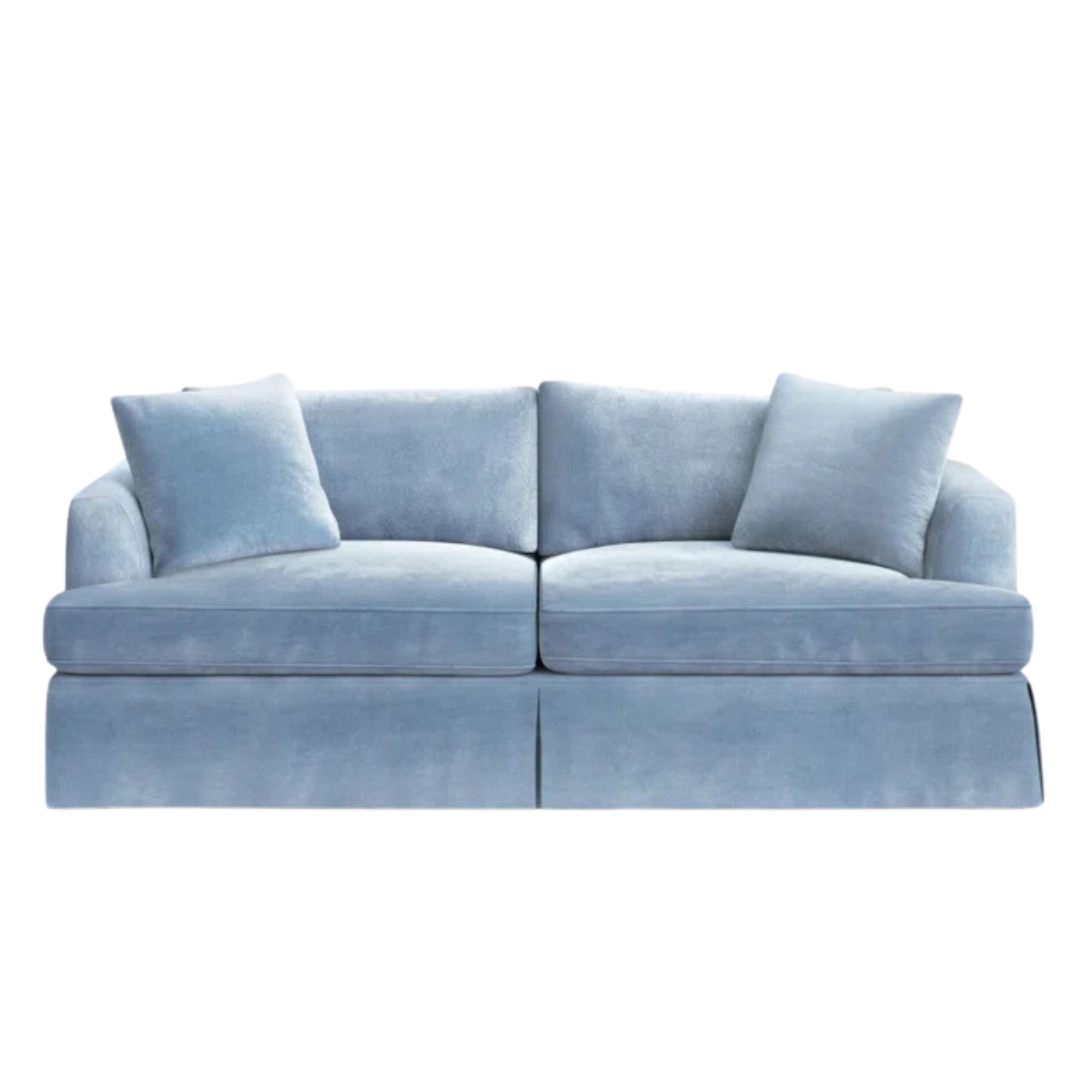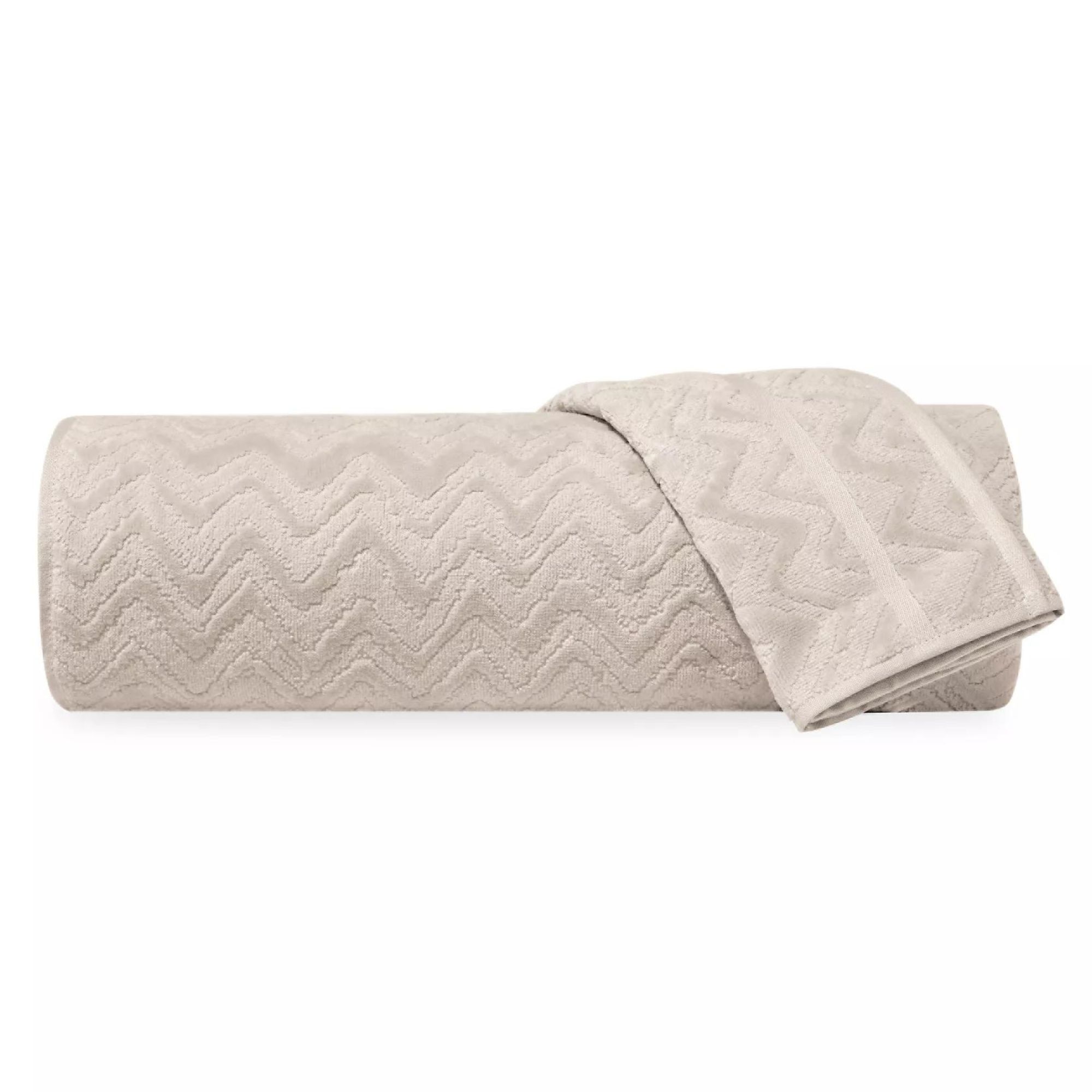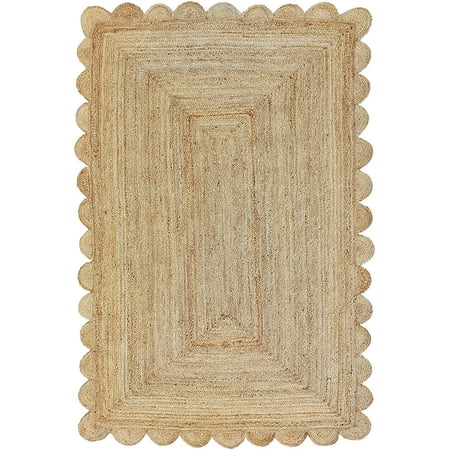What is Coastal Design? Here's 9 Ways Designers Are Channeling This Relaxed and Timeless Aesthetic
From hardwearing materials and functional furniture to soulful touches that steer clear of cliché, discover how to embrace coastal interior design in your home
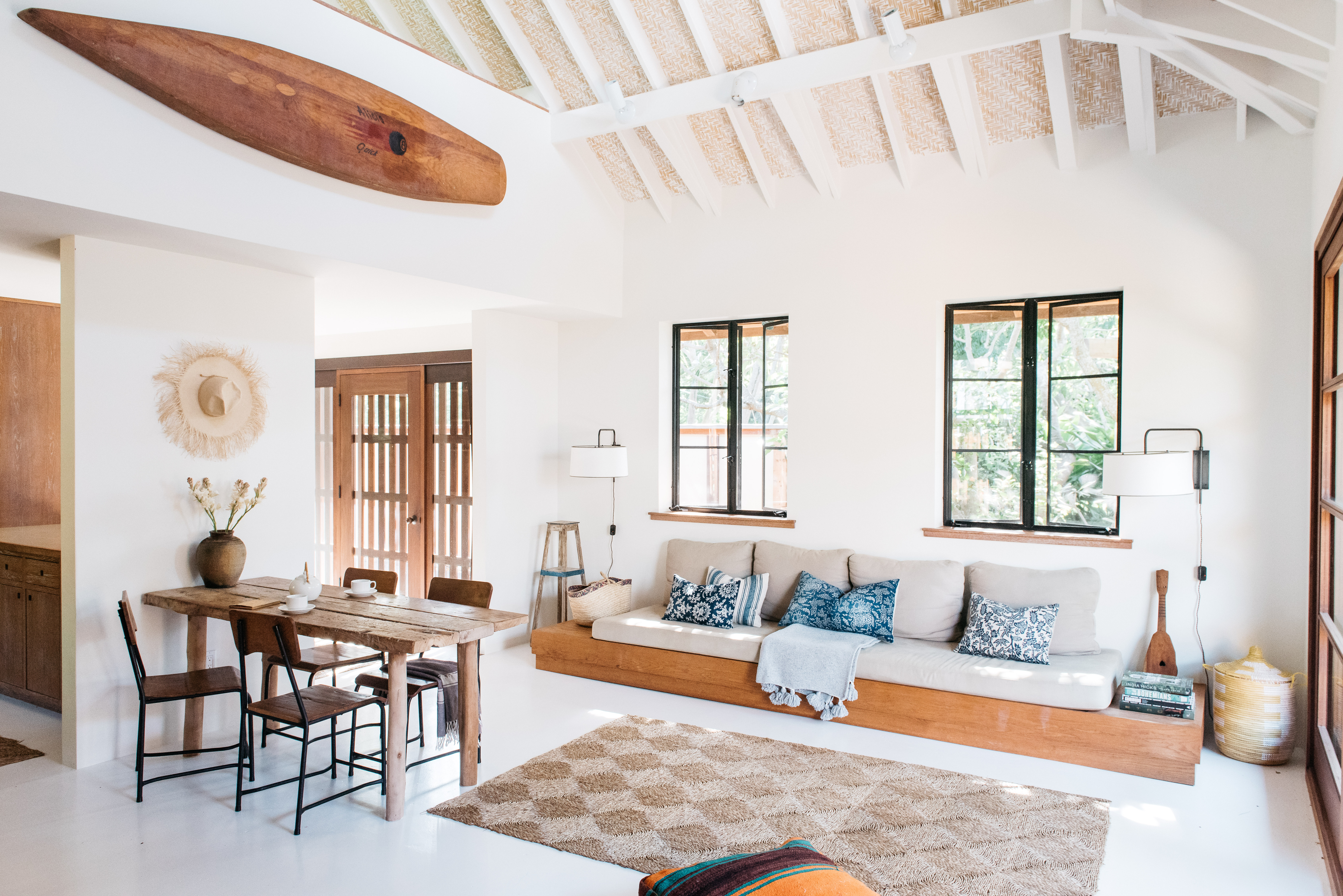
Whether you’re lucky enough to live close to the ocean, or you’re trying to recreate a little of that laidback beach lifestyle, there are many ways to infuse your home with the spirit of coastal interior design.
To embrace this interior design style, consider prioritizing elements that will encourage you to spend more time outside. ‘A coastal home should always have varied exterior spaces to find shelter from sun and wind, and to enjoy the sun at different times of the day and in different types of weather,’ says architect Laura Killam. ‘We love outdoor showers and baths, and always create direct outdoor access to bathrooms for post-swim warm-ups.’
Keep interiors serene and simple, opting for durable pieces made from hardwearing materials that you don’t need to feel too precious about. ‘We always strive for natural materials that resonate with the palette of the environment outside,’ continues Laura, who looks to design solutions that combine functionality with a sense of place.
How do you create a modern coastal interior?
Practical considerations can have a surprising impact on how relaxing your space is to spend time in, particularly if you’re hoping to embrace a more-the-merrier, open-house approach to visitors.
‘We build in as much storage as possible into the millwork and install lots of hooks for clothes,’ says Laura. ‘We often design daybeds in living rooms that can double as occasional beds for spillover guests.’ Spaces for casual entertaining are also key: ‘Rustic outdoor kitchens with sinks are a great asset, particularly for cleaning fish, grilling, and outdoor projects. And we always try to position kitchen sink so that it makes the most of the view.’
Discover more tips on how to embrace characterful, practical and contemporary coastal interior design, below.
1. SELECT FUSS-FREE FURNITURE
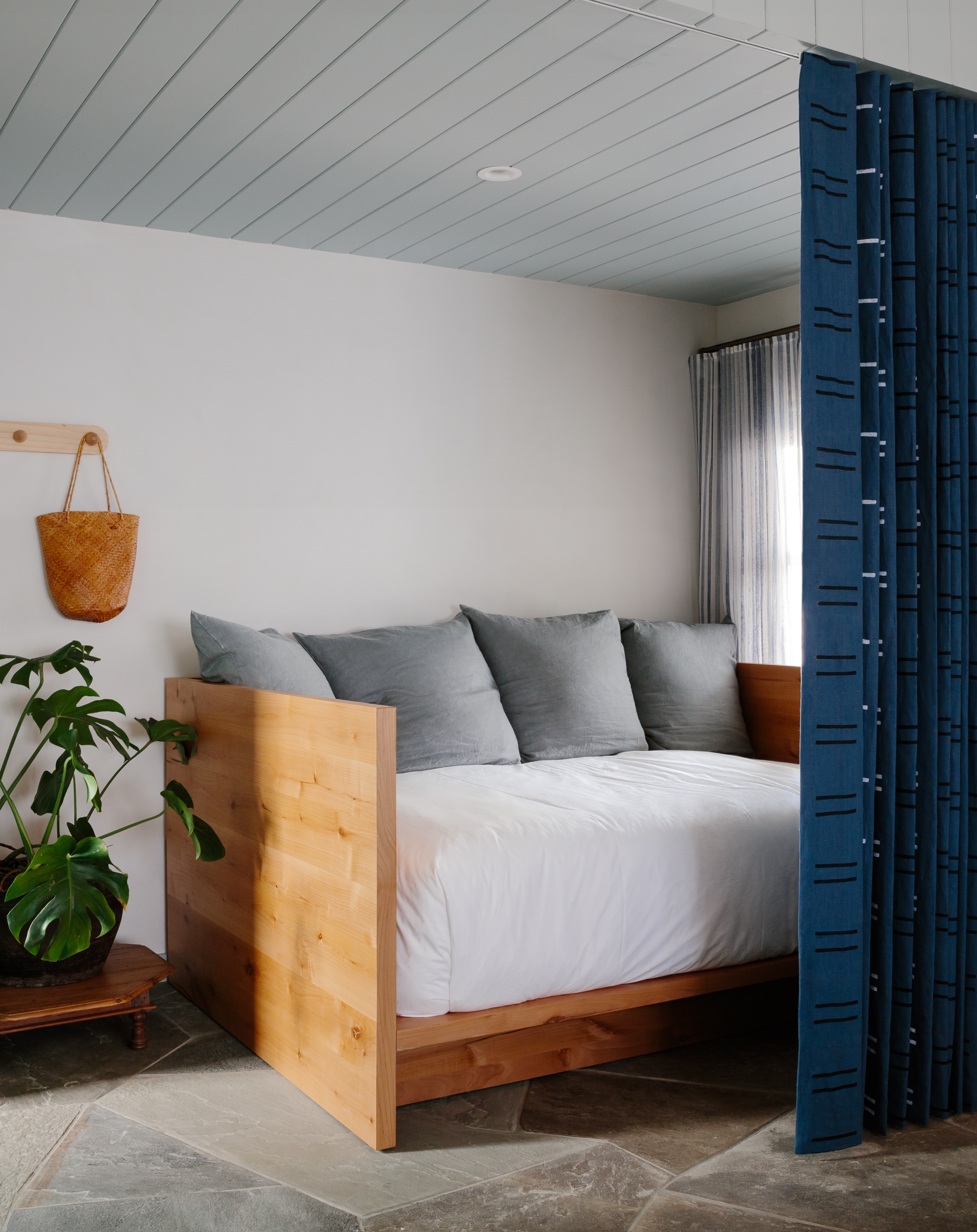
Whether it’s your main home or a vacation bolthole, functionality is key to the success of coastal interior design, which is why streamlined shapes and durable materials have come to define the aesthetic. If you’re lucky enough to live by the ocean, chances are you’ll have no shortage of visitors, so it’s worth trying to carve out some room for house guests, even if you’re working with a tight space.
The Livingetc newsletters are your inside source for what’s shaping interiors now - and what’s next. Discover trend forecasts, smart style ideas, and curated shopping inspiration that brings design to life. Subscribe today and stay ahead of the curve.
We love this Donald Judd-inspired modern daybed that features in a suite at Daunt’s Albatross, a Montauk hotel designed by Oliver Haslegrave of Home Studios. ‘The design narrative blends idiosyncratic, natural and architectural materials, such as knotty pine and flagstone flooring, with a minimal and locally sourced vintage approach to furniture, lighting and decor — as if a the hotel were a remote family home,’ says Oliver. ‘Instead of overly stylized guest rooms, each is filled with only what is essential.’
2. EMBRACE A LIVED-IN LOOK
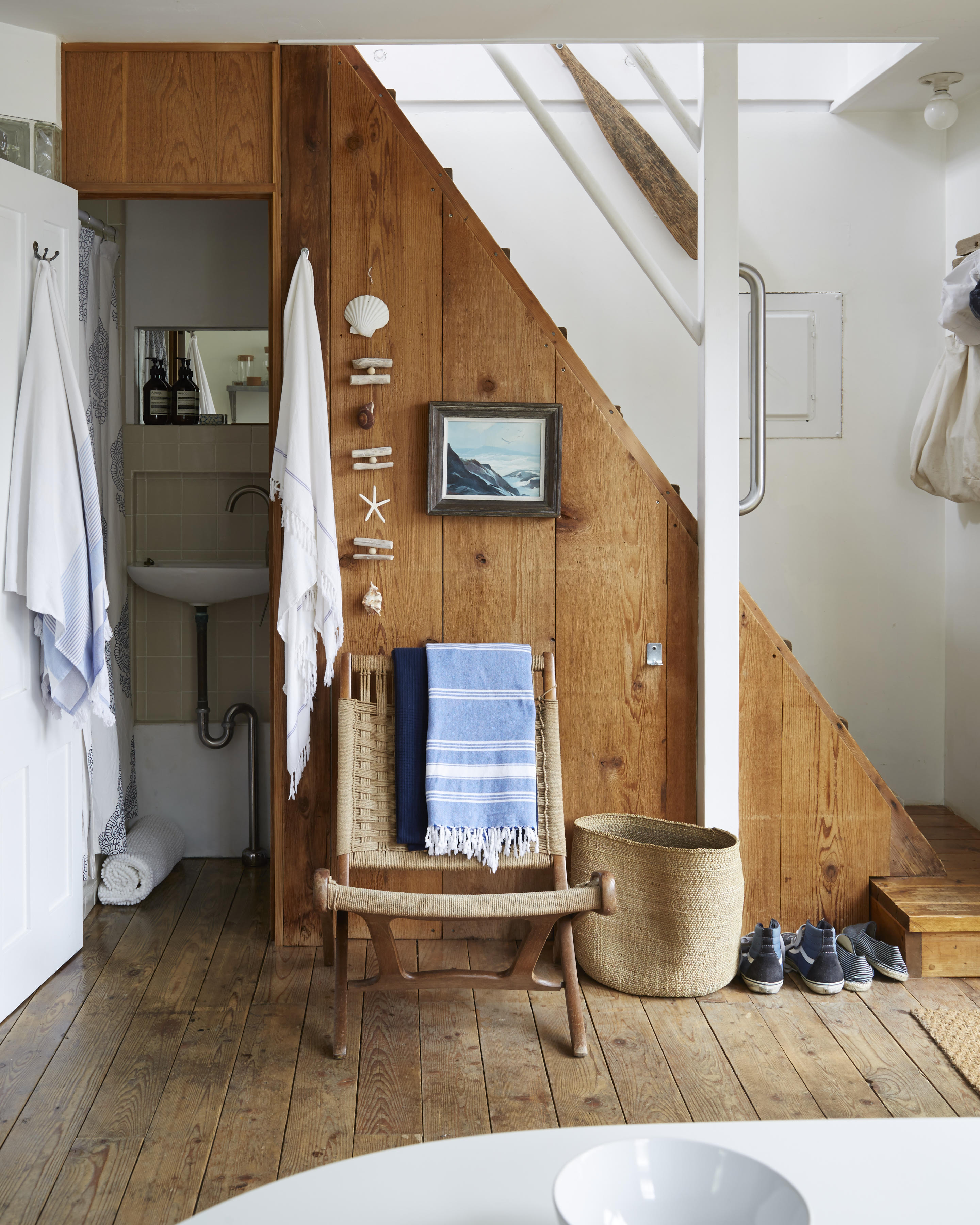
Nothing undermines coastal interior design like an overly manicured interior, which is why soulful touches, found objects and practical pieces are the hallmarks of a well-loved beach house. Interior designer Glenn Ban, who splits his time between Long Island’s Sag Harbor and Provincetown in Massachusetts, agrees.
‘I love the ease of summer and coastal living,’ says Glenn, whose Provincetown cottage encapsulates the authenticity of a relaxed and unpretentious seaside home, which is evident from the minute you step through the door. ‘I love natural materials, wicker and rope, slipcover sofas and chairs, painted furniture, and things that add a sense of being collected over time.’
3. CHOOSE CHARACTER OVER CLICHÉ
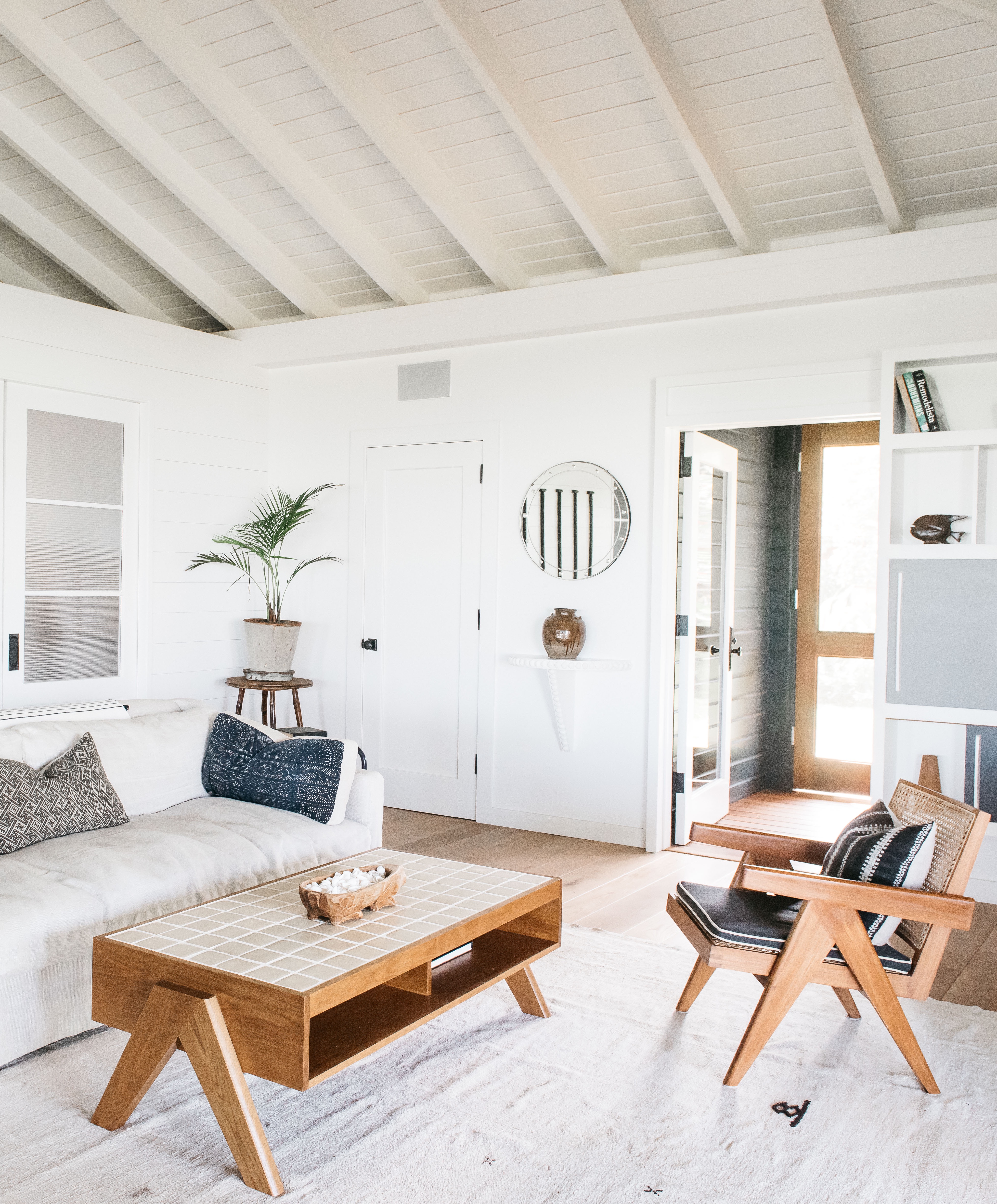
This 1940s beach house in Maui was renovated over several years by Roberto Sosa of Obra Design Studio, who was tasked with restoring the building’s original Hawaiian charm. As well as imbuing the home with a wood-and-white scheme befitting its island location, Roberto played to the passions of its owners (two fashion industry veterans) who collect French modernist furniture. The result is a home that feels characterful and personal, rather than one that strays into the realms of coastal cliché.
‘In the design of the custom furniture and cabinetry, we followed the spirit of important French modern pieces and the client’s own collection,’ says Roberto, referencing designs such as the bespoke teak-and-tile coffee table in the living room, which anchors the Pierre Jeanneret armchairs. ‘I am lucky enough to have worked on several coastal projects with old clients, which enables me to approach the process with the built knowledge of their interests, sensibilities and aesthetic values.’
4. INTRODUCE UTILITARIAN ELEMENTS
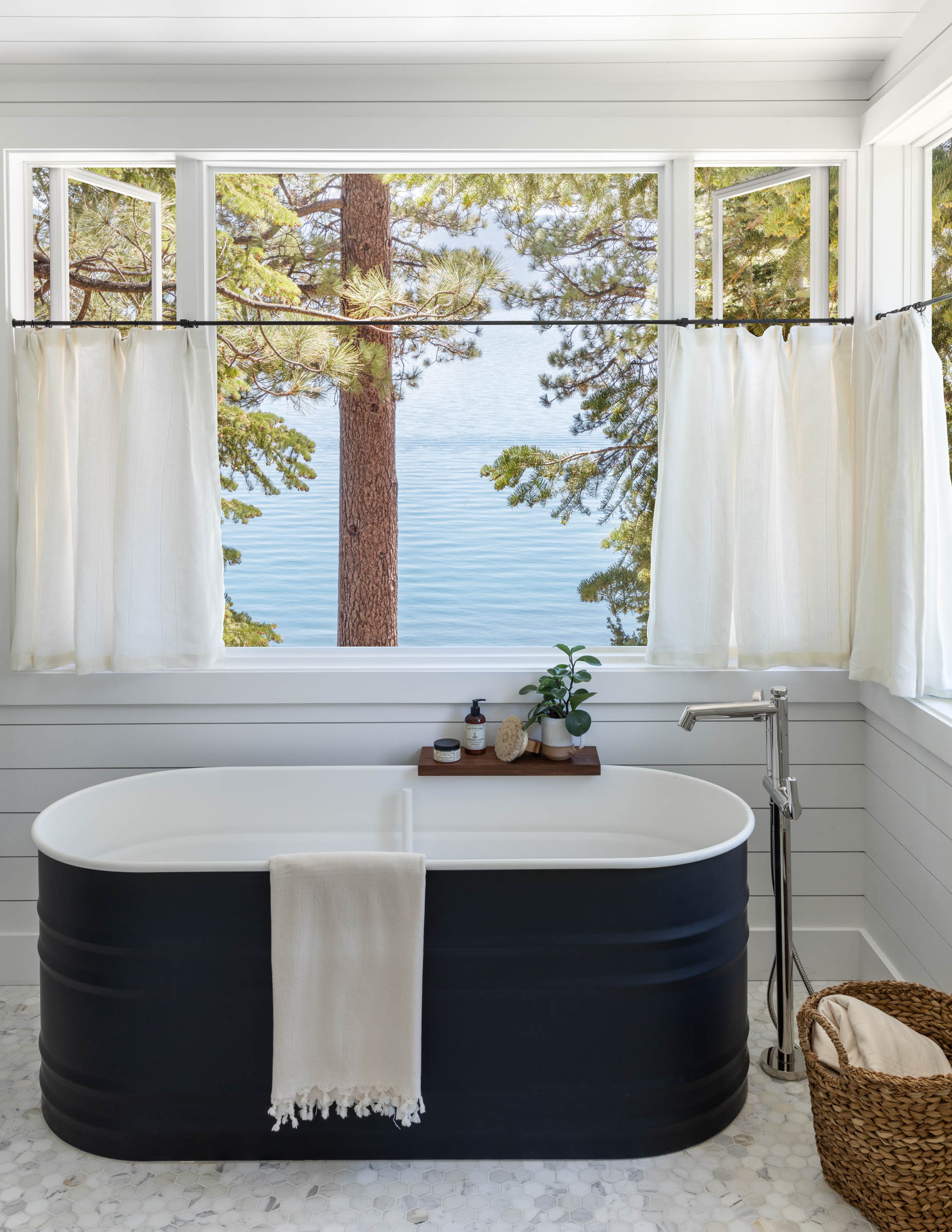
While we we can all appreciate the luxury of lounging in a decadent modern bathroom, there’s also a certain sense of serenity that comes from taking a more simplistic approach that connects you with the elements: another defining characteristic of coastal interior design. When Ali Davin, founder of Californian studio Jute Interior Design, reworked the bathroom of this Lake Tahoe abode, she made the conscious decision to let the surrounding nature take center stage.
‘We relocated the primary bathroom to capture the light and view from these large windows,’ says Ali, who selected a timeless Patricia Urquiola-designed Vieques steel bathtub by Agape for the space. ‘The tub is the perfect location to relax and enjoy the view of the lake or falling snow during the winter months.’
5. HARNESS THE BEAUTY OF TIMBER
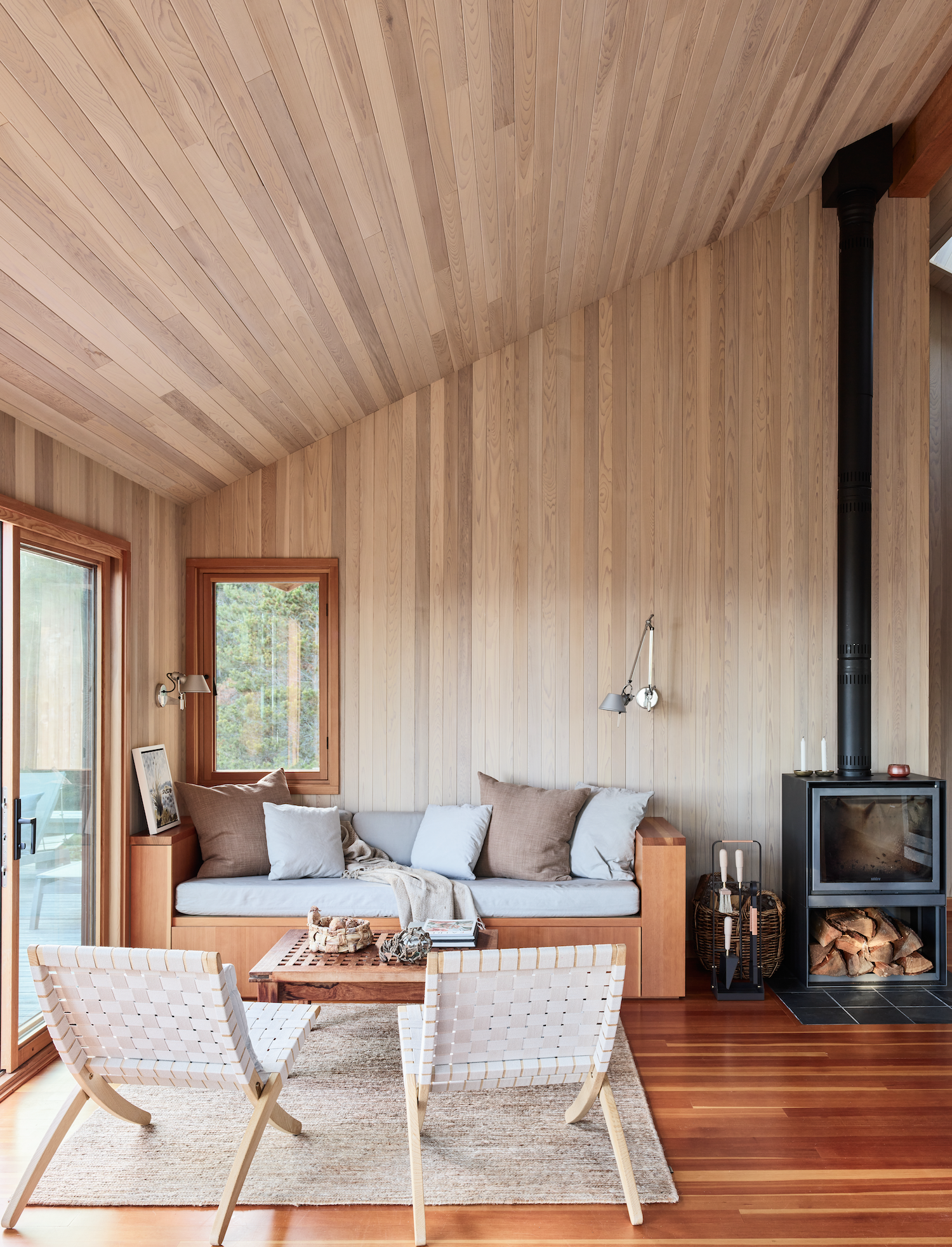
‘We intentionally work with locally harvested wood and relish the use of natural finish materials and textiles throughout each project,’ says architect Laura Killam, who designed this peaceful artist’s home on an island off the coast of British Columbia. The studio focuses on creating houses that are deeply connected to their coastal locations, with natural materials that resonate with the environment outside.
‘The interior of this home is clad in whitewashed Western Red cedar boards, while the floors and millwork are made from solid Douglas Fir,’ says Laura, who curated a modern coastal color palette by choosing furnishings in soft ‘fog-grey’ to balance out the warmth of the wood interior. ‘We strived for a palette that feels casual, unfussy and timeless, while fixtures were selected for their clean, low-key design.’
6. KEEP NAUTICAL TOUCHES SUBTLE
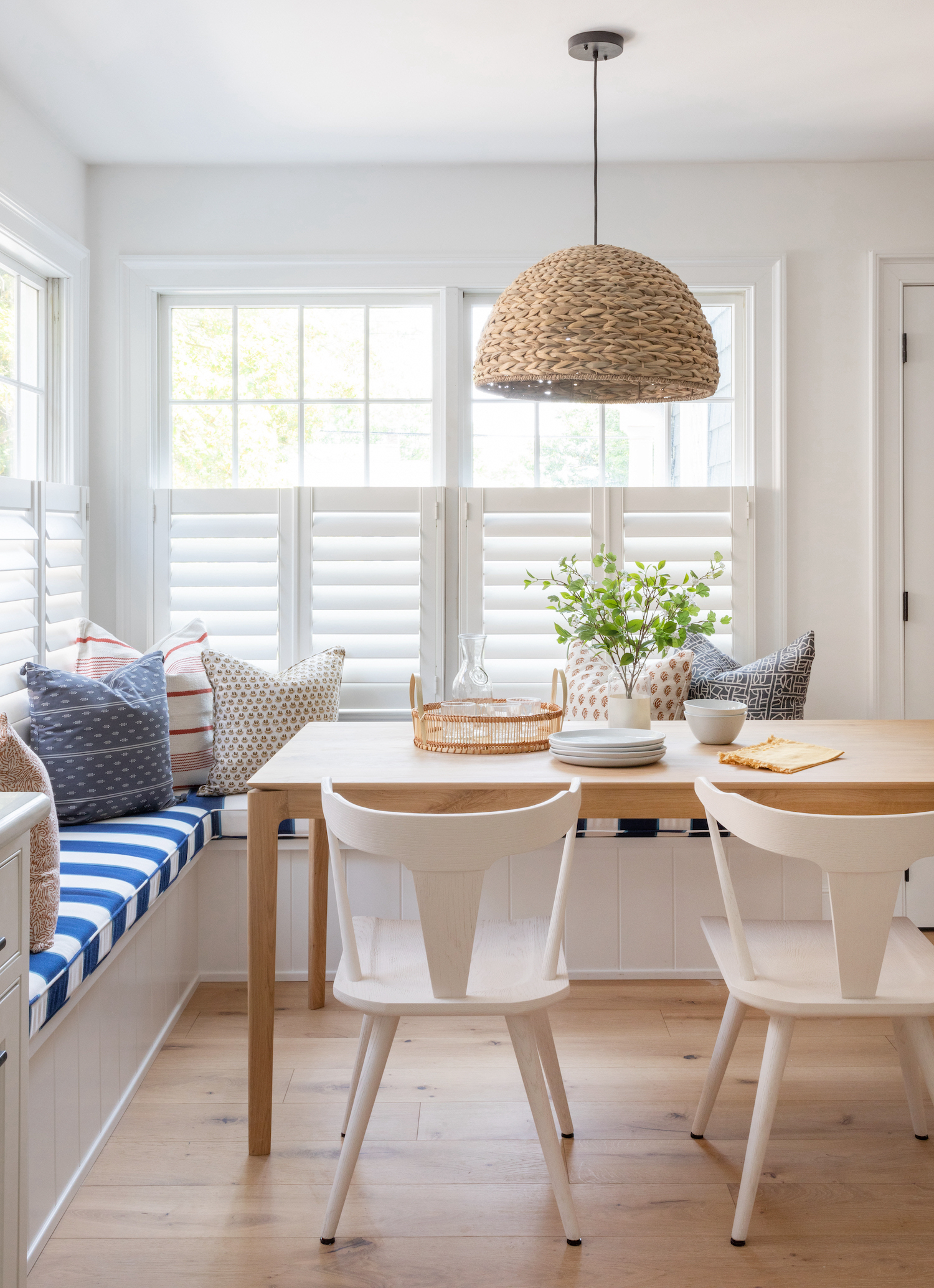
While there’s a natural crossover between coastal and nautical-inspired interiors, it’s best to keep sailing references subtle and maritime motifs to a minimum if you want to achieve that much-coveted sense of breezy, understated coastal-cool. If you can’t resist a nautical nod, then playing with primary colors and statement stripes is one way to get it right, as this New Jersey beach house by Salt Design Co proves.
Studio founder Sarah Brady upholstered a corner dining banquette seating in bold blue-and-white fabric, and complemented the seating with cushions featuring more delicate prints, toning down the effect of the red, white and blue scheme. ‘This heartfelt renovation evolved a bachelor pad to a family beach house, with a coastal transformation that includes a mix of old and new elements, creating a relaxed, inviting space for friends and family,' adds the studio.
7. INCORPORATE NATURAL MATERIALS
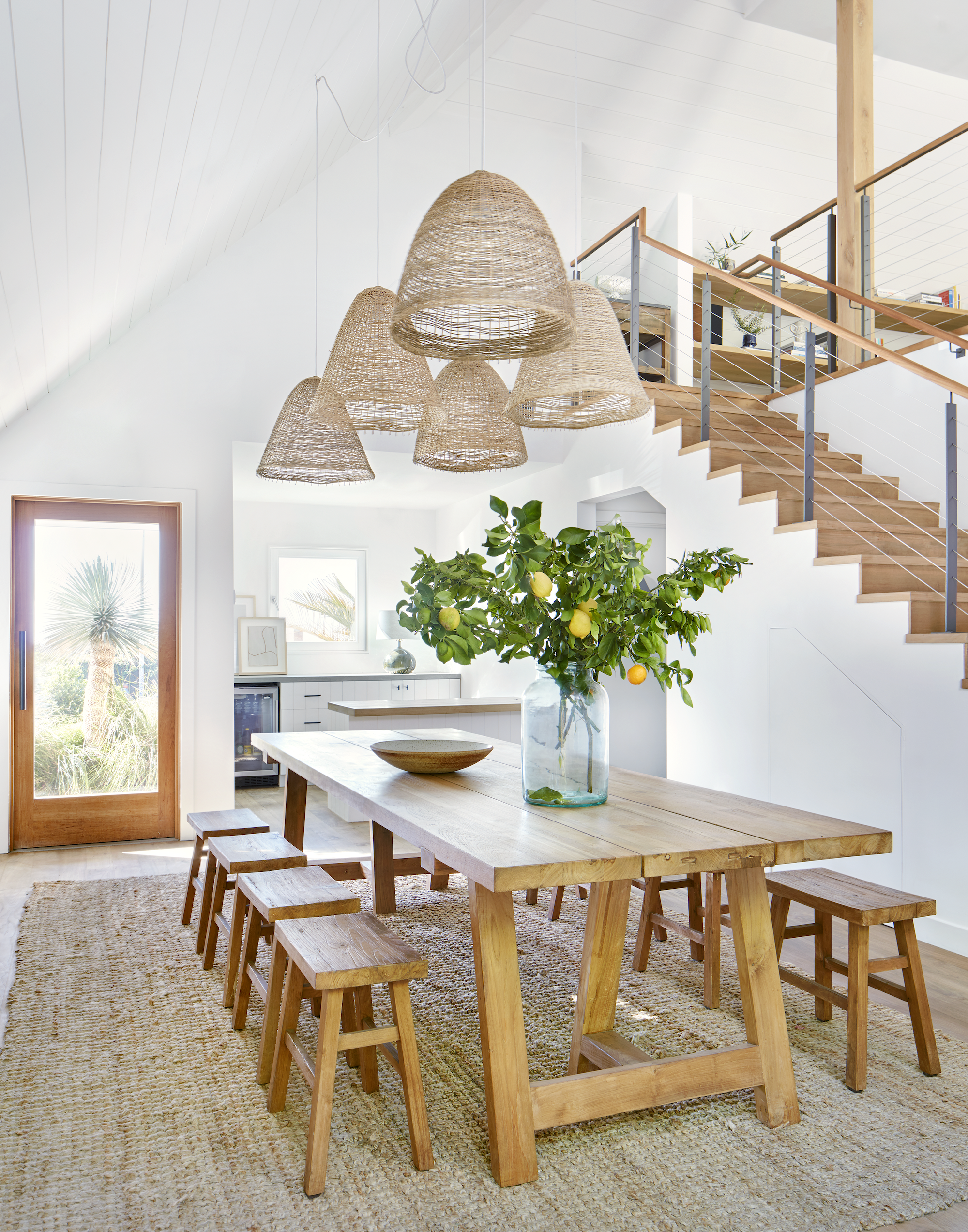
When architect Matthew Goodwin and designer Emma Crowther-Goodwin set about transforming this historic 1950s motel on the Pacific Coast Highway, their aim was to take the destination back to its iconic Californian roots (the motel featured in the cult 60s surf movie The Endless Summer). Hardy natural materials feature throughout the revamped interior of the boutique hotel, such as in the living area, where teak floors are covered with a large jute rug that zones a chunky timber communal table.
Woven textures feature throughout — like the numerous delicately crafted, basket-style pendants that illuminate the interior — offering a textural counterpoint to the airy all-white backdrop. ‘A blend of quintessential California style and modern luxury, the coastal color palette intentionally reflects the natural surroundings, while warm-white tones evoke the authentic beach house feel that was the heart of the design concept,’ say its founders.
8. TRY A SIMPLE TAKE ON SHUTTERS
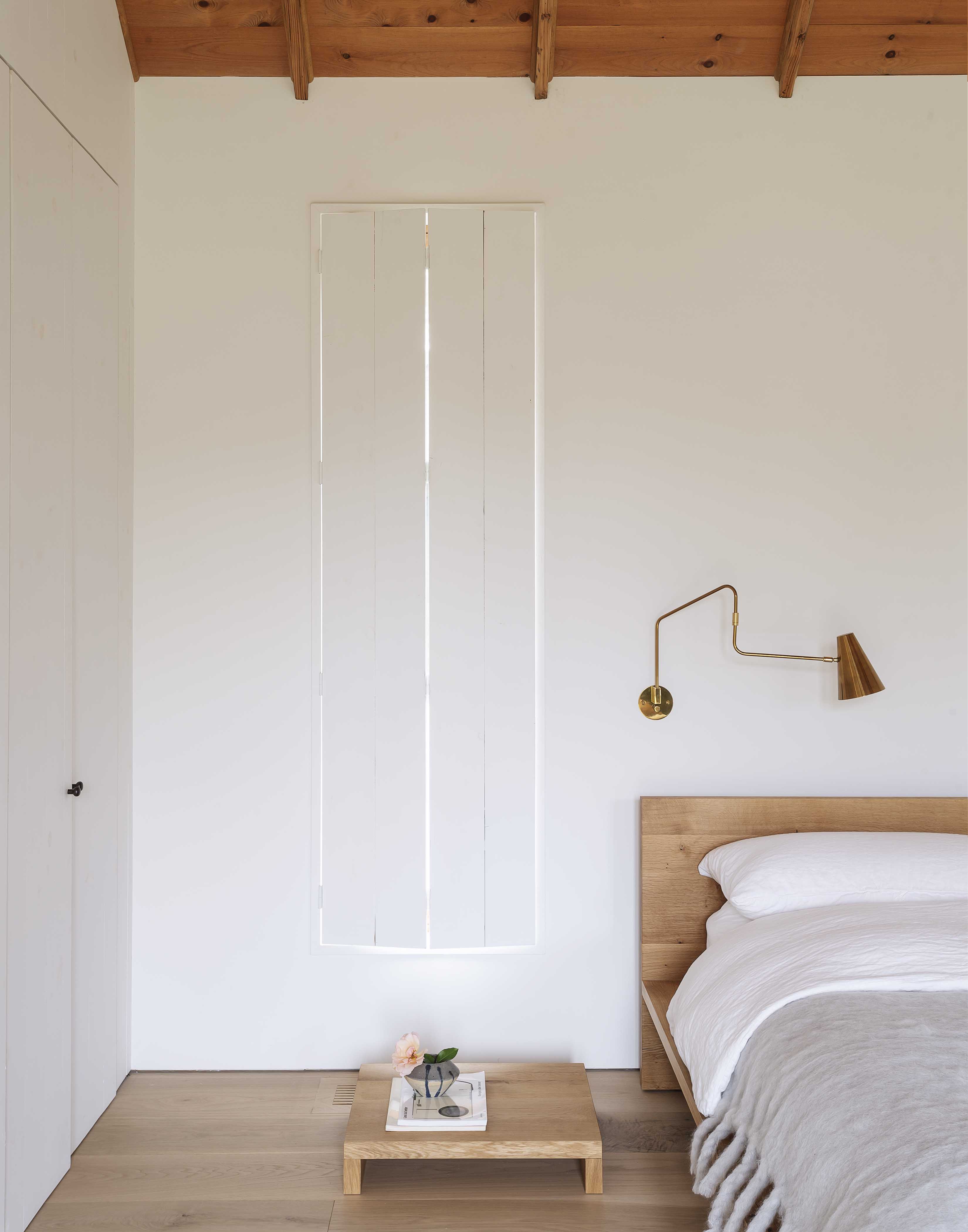
Shutters are a natural choice for beach homes, as their unfussy design sits well within a pared-back coastal interior, and their solid construction plays to a primal wish to feel sheltered and protected from the elements. That said, we don’t blame you if you find shutters outdated — seeing the plantation style continuously slotted into every kind of home, be it on the coast, in the countryside or in the middle of a city.
Enter the solid shutter: a reassuringly robust design that nods to Shaker simplicity, as featured in this Shelter Island project by Workstead, who extended a 1940s weekend cottage with a new, sympathetically designed pavilion. ‘To distinguish it as a 21st-century intervention, we specified large windows and doors that lend it an abstract character and encourage the homeowners’ intimate relationship with the landscape,’ say the studio, whose custom solid shutters have been installed in both the old and new structures.
9. WEAVE IN VINTAGE PIECES
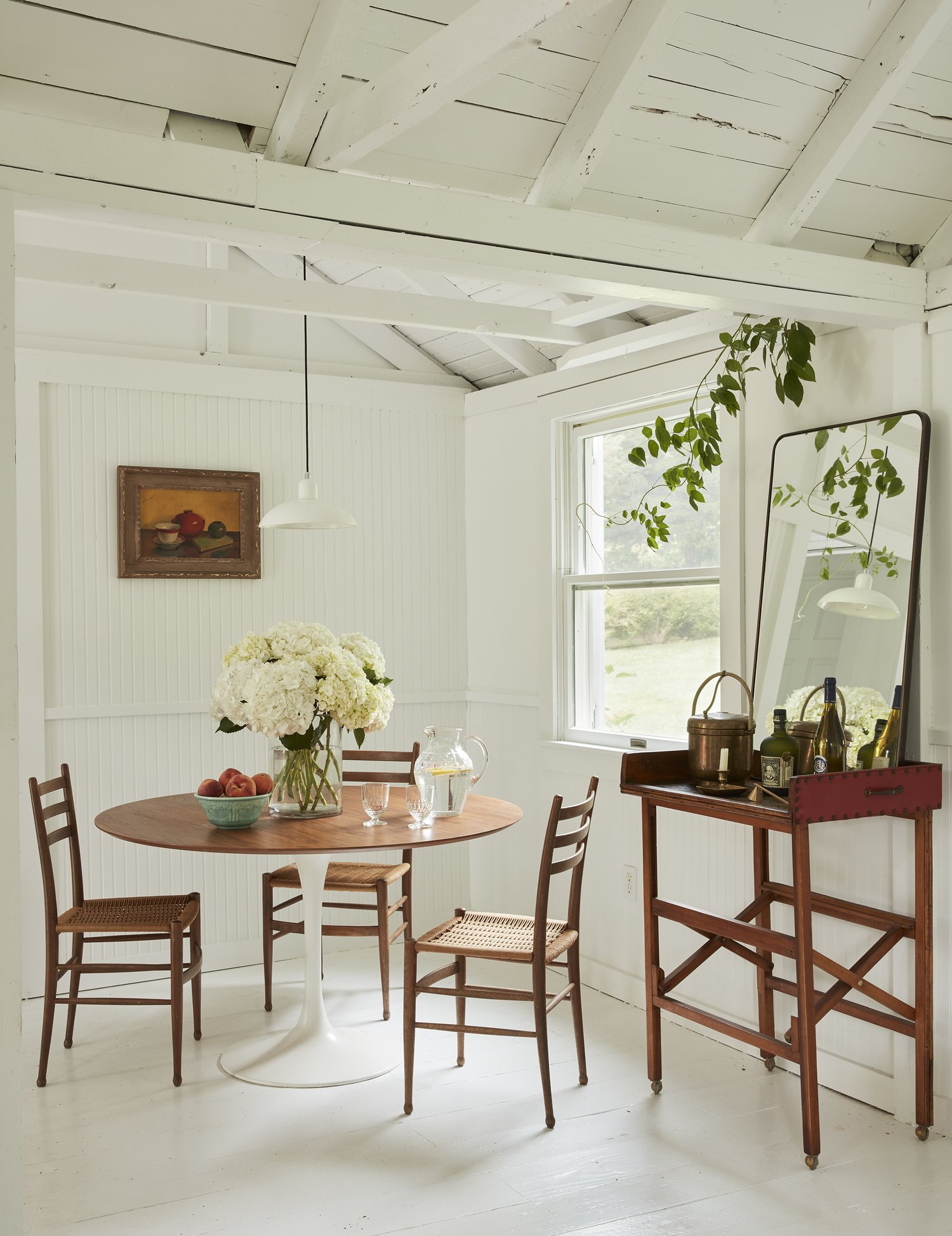
‘Our Shelter Island home is a 1932 Colonial, fitting perfectly within the island’s small-town charm. The relaxing energy of the island is a welcome contrast to our city life, and the interiors reflect a certain contrast to our city home as well, with a more casual style,’ says Christine Gachot, co-founder of Gachot design studio.
‘There are children and wet swimsuits and dogs in and out of our home, so practicality is certainly a big consideration of ours. The music room sofa is vintage and just gets better with age,’ says Christine, who has combined warm tones — like wood, camel leather and sisal — with deep blues throughout the crisp-white coastal interior. ‘The house is home to various vintage furnishings and art that we’ve collected over the years, and we’ve had fun seeing what works together. It’s deeply personal because it’s a collection we’ve cultivated over time.’
It’s important to remember that, coastal or otherwise, your house is a home first and foremost, which means it should reflect your own unique style rather than trying too hard to adhere to a particular look.
‘I’m lucky enough to have worked on several coastal projects with old clients,’ says Roberto Sosa of Obra Design Studio. ‘Our process is very personal and these homes showcase their owners’ collected furniture and art alongside new custom pieces we design. I always use vintage elements to add depth and a sense of history. It’s fun to add a bit of an edge or a hint of nostalgia, or a surprising twist on a traditional material or object.’
For more coastal interior design inspiration, these coastal decor ideas will help you elevate your space.
Tessa Pearson is an interiors and architecture journalist, formerly Homes Director at ELLE Decoration and Editor of ELLE Decoration Country. When she's not covering design and decorative trends for Livingetc, Tessa contributes to publications such as The Observer and Table Magazine, and has recently written a book on forest architecture. Based in Sussex, Tessa has a keen interest in rural and coastal life, and spends as much time as possible by the sea.
